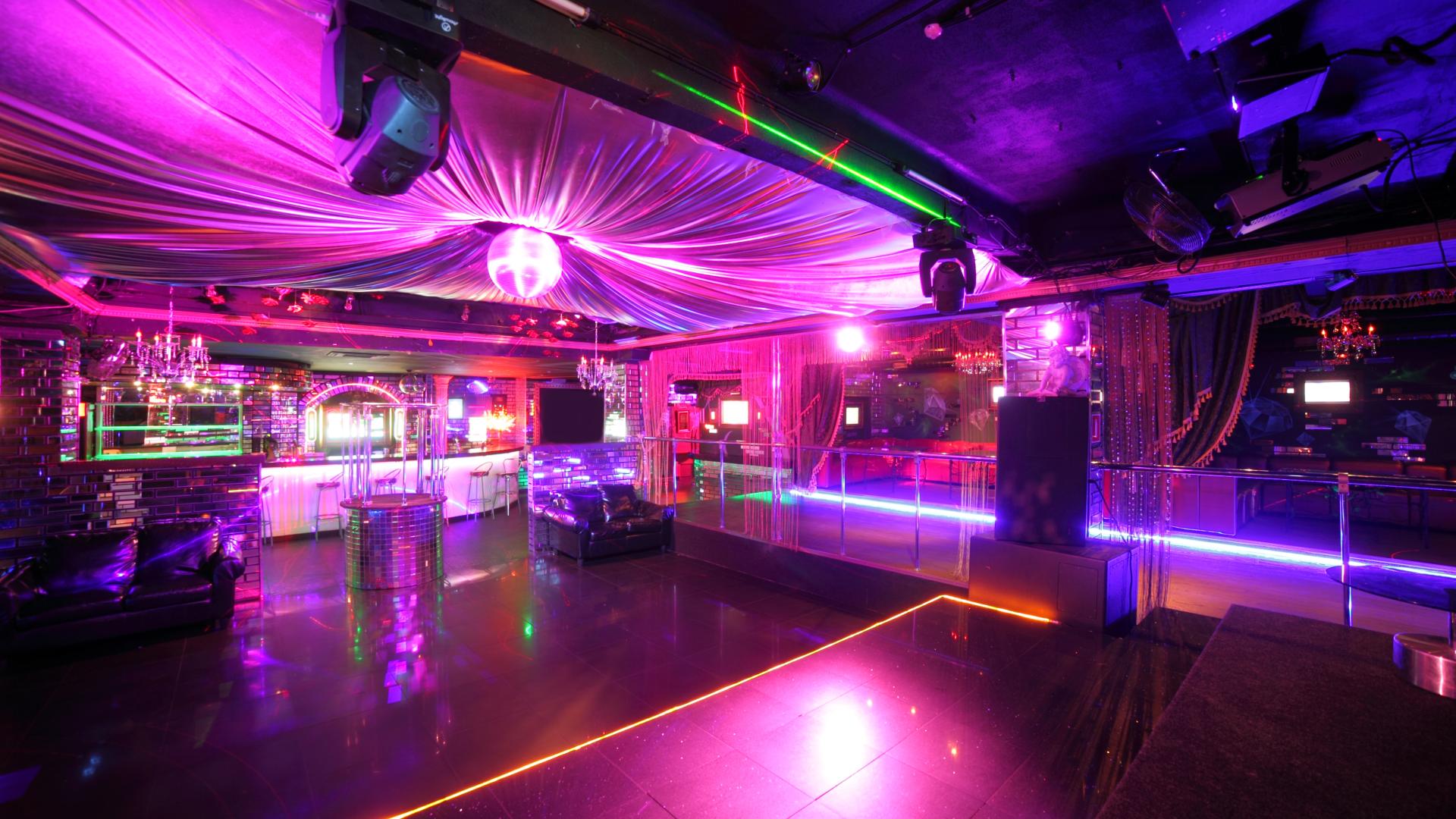One of the primary safety considerations is the physical space of the dance floor. It is important to ensure that the area is large enough to accommodate the expected number of guests. A crowded dance floor can lead to accidents, such as falls or collisions. Organizers should also check the flooring material to ensure it is suitable for dancing. Smooth surfaces, such as hardwood or vinyl, are preferred, while rug can pose slipping hazards. Additionally, maintaining the dance space free of hazards, such as seats or furniture, will help avoid injuries and facilitate for a more pleasant experience.
Illumination plays a significant role in establishing a safe dance floor setting. Proper lighting not only establishes the mood for the occasion but also helps guests navigate the area safely. Dim lighting can make it hard for dancers to perceive their environment, increasing the chance of accidents. Therefore, planners should use a mix of ambient and directed lighting to illuminate the dance floor sufficiently. Emergency indicators should also be clearly visible, and planners should ensure that the illumination is adjustable to suit different types of music and dance genres.
Another important aspect of security on the dance floor is crowd management. Occasion staff should be trained to oversee the dance space and ensure these details that guests are acting appropriately. This includes tackling any instances of overcrowding or inappropriate behavior that could result to conflicts. Additionally, having a specific area for guests to take breaks can help minimize fatigue and prevent accidents. Offering water stations nearby can also encourage hydration, which is vital for maintaining energy levels during the dance.

Ultimately, it is crucial to communicate safety guidelines to all participants. Before the event begins, planners should inform guests about the rules and guidelines for the dance floor. This can include notices to be aware of their environment, honor personal space, and avoid excessive drinking consumption. Providing clear instructions can help foster a culture of safety and responsibility among guests. By cultivating an atmosphere where everyone is conscious of safety measures, event organizers can ensure that the dance floor remains a enjoyable and secure space for all participants.